Podcast: Play in new window | Download
Subscribe: RSS
Dave Patchen is Senior Vice President, Education & Practice Management, at Raymond James Financial Services. Formerly an advisor, independent contractor, recruiter, and regional director, he has now accumulated over 3000 hours of one-on-one coaching with advisors over the last 12 years. Dave is frequently quoted in trade publications on practice management issues. He has been a guest lecturer at Stanford University’s Graduate School of Business, and a top-rated speaker at The Securities and Investment Institute in London England on multiple occasions.
Takeaway Quote:
“Insight is the invitation to awareness, and insight and awareness are the segue to pain.”
Show Timeline:
1:25 Dave’s thoughts on the biggest challenge facing advisors today
The ‘immersion bias’ that’s commonly experienced in most industries
4:57 The value gap
How this can be uncovered using a simple question during a client review meeting
8:23 How investors perceive their own needs
Dave’s experience with a client advisory board to demonstrate the problem
12:34 The danger of misplacing your true value as an advisor
The role of investments vs. financial planning
16:21 The fuzzy words
How Dave and his team teach advisors to glean insights by asking investors effective questions
20:39 The spectrum questions
Why Dave encourages advisors to use ‘what and how’ questions as opposed to ‘why’ questions
25:09 Tackling the uncomfortable conversations
Showing your vulnerabilities and improving the art of these conversations over time
27:53 Understanding the nuances of the language used in client conversations
Why scripts still have an important role in getting the most out of these interactions
30:32 Why it all comes down to practice
The challenge for educators to make sure advisor training is effective
33:12 The link to referability
The power of caring, connecting and asking
Links:
LinkedIn: https://www.linkedin.com/in/david-patchen-20a865b/
Want more?
Stephen Wershing: www.TheClientDrivenPractice.com/checklistblog
Julie Littlechild: www.absoluteengagement.com/blog
Episode Transcript:
Participants:
Julie Littlechild
Steve Wershing
Dave Patchen
Julie:
Welcome to another episode of Becoming Referable, the podcast that helps you be the kind of advisor people can’t stop talking about. I’m Julie Littlechild. On this week’s show, Steve and I have a great conversation with Dave Patchen. Dave is the Senior Vice President of Education and Practice Management with Raymond James. Now, he began his career as a wirehouse advisor before moving on to become an independent contractor. From there, he joined Raymond James as a recruiter before making the move into regional management and then taking on his current role.
Now, his resume doesn’t exactly say this, but I can tell you that Dave is a big thinker, and that’s why we were so excited to speak with him. It’s not only that he understands the advisory business inside and out, he does, but he has a unique understanding and perspective on what gets in the way of success and what propels us forward. We also talk about the challenge that clients have in understanding their own needs and the challenge and opportunity that represents for advisors. With that, let’s get straight to the conversation. Dave, welcome to the show today.
Steve:
Welcome, Dave.
Dave:
Thanks, folks. How are you today?
Julie:
Awesome.
Steve:
Great.
Julie:
Really looking forward to talking to you, actually. You know, Dave, one of the things that I’m so interested about this conversation is I feel like you bring this incredibly unique perspective, because you have worked with so many advisors over the years, but you’ve gone deep in understanding their businesses. You’ve built programs, you’ve managed big groups of people in your role, so I think you just bring this incredibly unique perspective to the conversation. Maybe because of that, I’d love it if we could just start at a fairly high level and just ask you, today as you’re out there talking to advisors, what do you see as some of the biggest challenges and opportunities that they’re facing?
Dave:
Thanks, Julie, for teeing that up. My background is unique in that I’ve got to work with advisors in so many different levels and so many different roles, both supervision, sales management, coaching, still do a lot of one-on-one coaching work. The biggest challenge that I see them having today is maintaining high levels of connection with clients. You know, connection’s becoming somewhat of a new age term.
Demographically, I would say older advisors probably look at it differently than some of the millennials that we’re training right now. Connection means really understanding at a deep level, and empathizing with prospects and clients and understanding what they’re going through, understanding what they’re experiencing. I don’t see advisors doing this as well as I think they could or as well as I think they should.
Julie:
I mean, it’s a really interesting observation, because I would imagine that most advisors who get into this business to help people would see that as one of their strengths. Do you see that disconnect?
Dave:
Agreed. I do. Here’s the thing. I think they see it in the context of earning business, initially. I think there’s some context of it from a client retention standpoint, but there’s this thing that we’ve discussed a little bit in the past, I call it immersion bias. Because advisors do what they do and play in their space their entire career, they lose sight of the fact that the average client doesn’t understand what’s going on. There’s some macro forces that are driving this, there’s technological forces, there’s pace of change, there’s information overload, there’s geopolitical events, there’s regulation overload.
Since we’re dealing with this stuff every day… This is actually a compliment to advisors. Advisors don’t feel like they’re smarter than everyone else. They do feel like they’re connected. They feel like if I’m aware of all this stuff and I’m sensing and feeling and working and navigating through this, my clients probably are dealing with the same thing. Although they’re experiencing all of these stimuli, they’re not dealing with it at the same level than an advisor is, and that’s where the disconnect comes from.
Steve:
Dave, I just want to clarify something. The way that I believe I would put what you’re saying is that one of the challenges that advisors have is demonstrating their value and their client’s not sitting right in front of them. Is that what you’re talking about or you’re talking about something different?
Dave:
Yes. I am talking about that. This whole value… I call it a value gap, and that’s the perceived gap between what the advisor thinks the client knows about them and values from the offering. If you ask the client a question about what they like about what the advisor does and what they value, you’re going to find the gap. I mean, this is what’s fascinating about this when you work with advisors is… I know with speaking specifically with Julie, Julie knows a lot about advisors surveying their clients. If they actually will do the survey work, and it doesn’t have to be a formal written survey, if they just add a question or two to their review process face-to-face with their top clients, they’re going to hear these gaps.
You know, one of my favorite questions is, at some point in the annual review, ask them for permission to ask about how we’re servicing you. Do you mind if we ask you a few questions just to see how we’re doing? Of course, your clients are going to say yes. Then have a question something along the lines of, Mister and Missus client, if you were to describe the services we provide to you to a close friend or family member, what would you tell them? I’ve coached so many advisors through this and they don’t believe me when I tell them that I try to pre-empt it. I tell them what the client’s going to say, and the client is not going to describe the services they provide. They’re not. They’re going to say they like and trust them, and there is the gap.

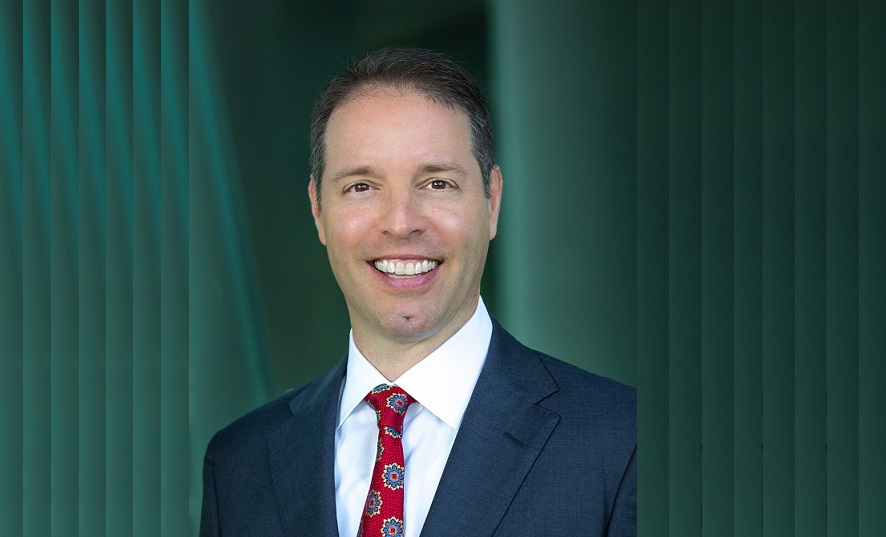

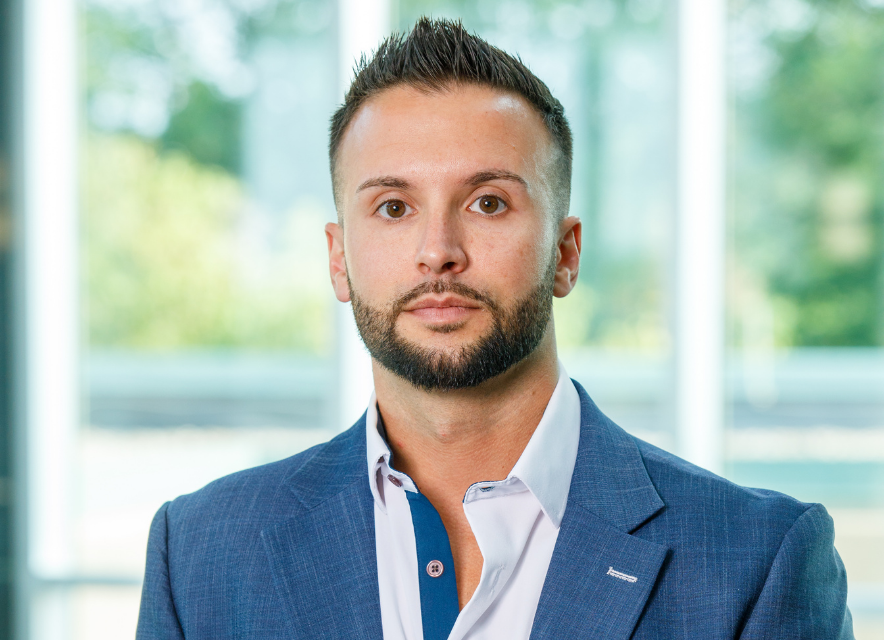
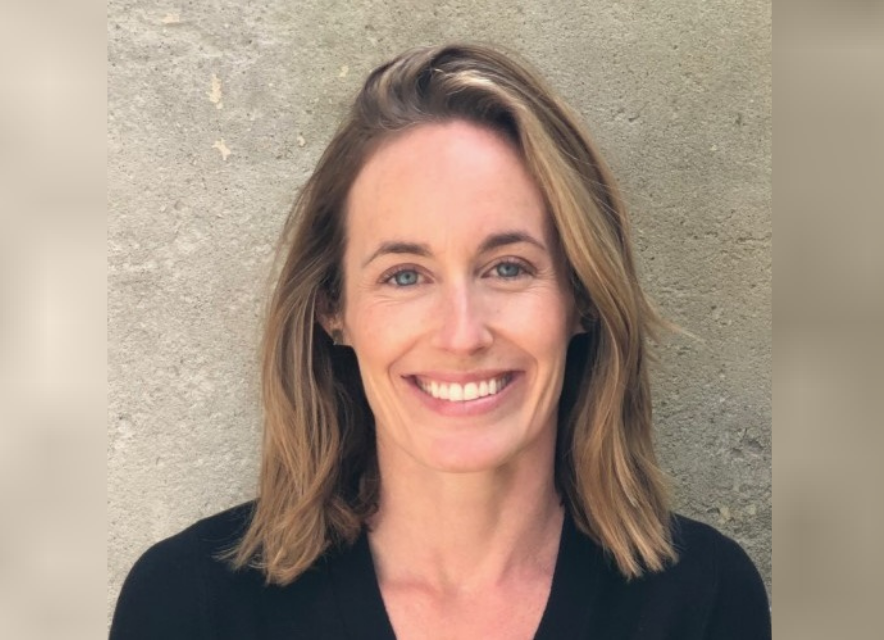
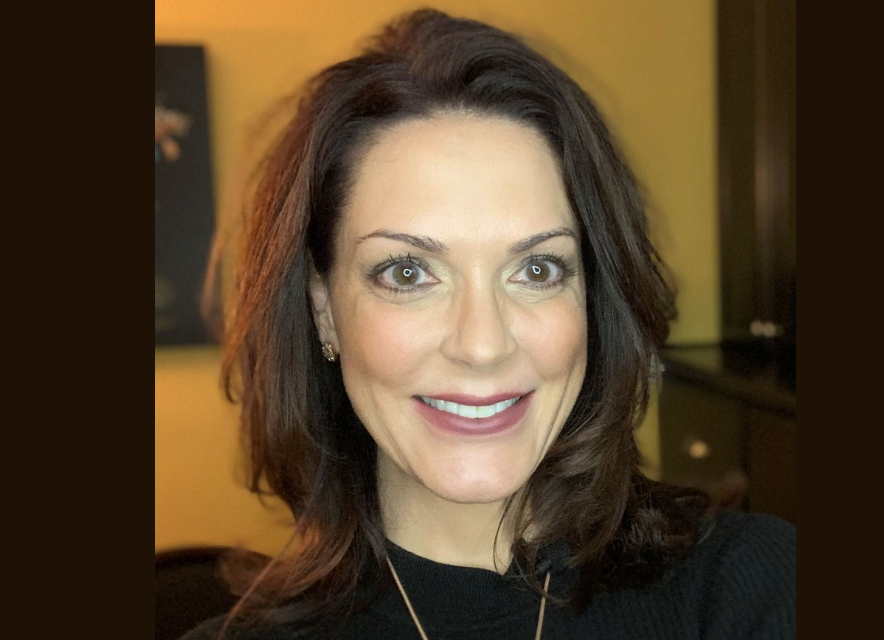
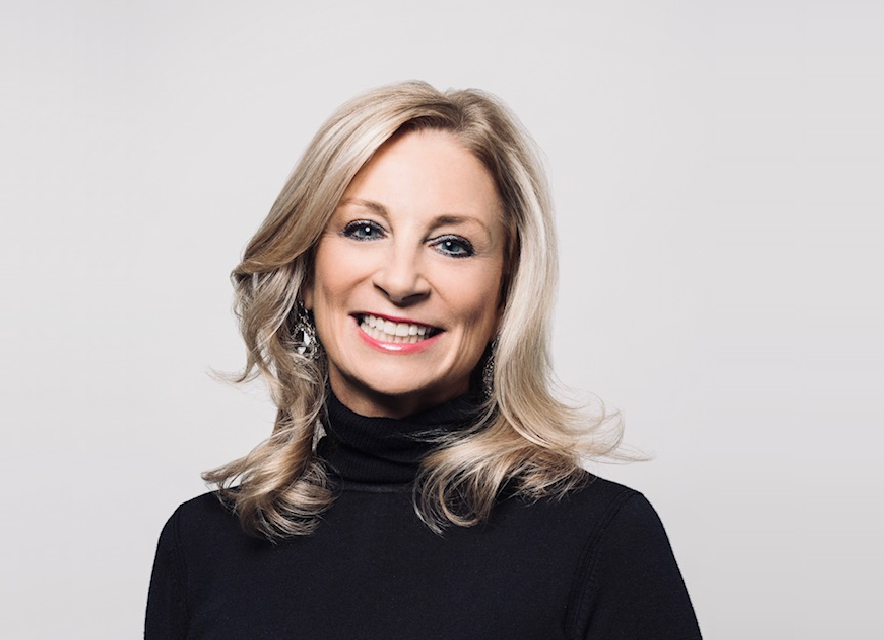
Leave A Comment